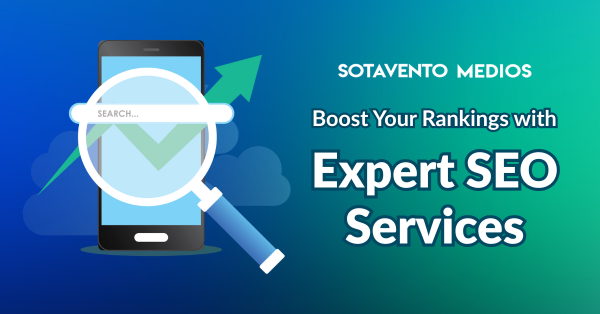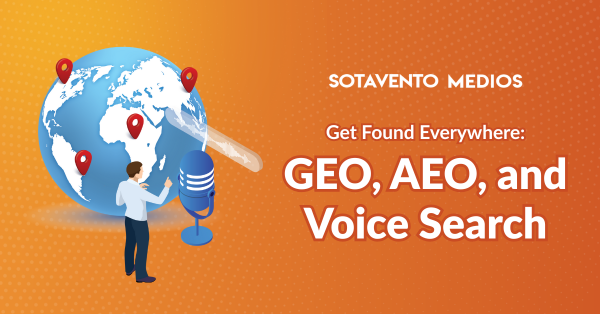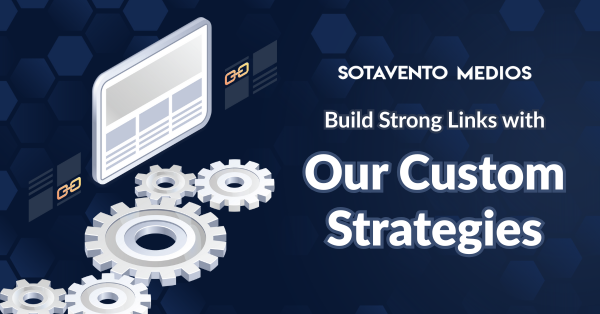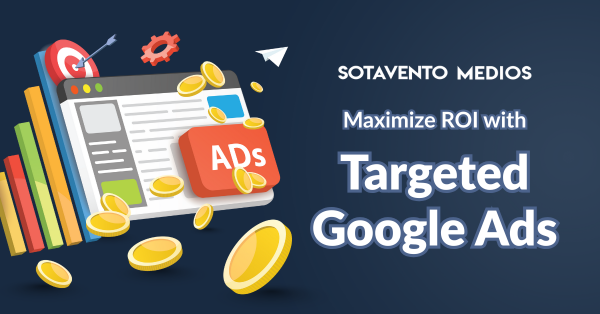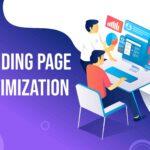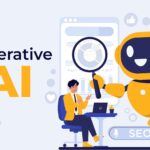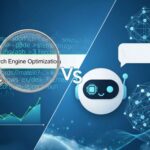Artificial Intelligence (AI) has gone from a theoretical topic in digital marketing to a must-have for competitive B2B organizations. For technical SEO specialists and marketing managers, AI Optimization (AIO) is now about how to use generative tools, not just whether to use them. The goal is to shape their outputs to deliver measurable value in Experience, Expertise, Authoritativeness, and Trustworthiness (E-E-A-T).
In today’s world of AI-powered search, including Google’s AI Mode and buyer-facing AI assistants, outdated strategies no longer work. Successful AI Optimization strategies for Sotavento Medios’ B2B audience focus on three key layers: Data Intelligence, Human-Augmented Content Velocity, and Predictive Scaling Systems. This detailed exploration highlights the actionable strategies that are generating significant ROI today.
Layer 1: The Data Intelligence Foundation
Winning with AI starts not with generating content, but with building a strong data foundation. AI tools are only as good as the data you provide. The insights they gather should directly guide your strategic decisions.
Integrating AI for Predictive Analytics
Traditional SEO analysis reacts to what has worked. AIO uses predictive analytics to predict what will work.
- Behavioral Forecasting: Use AI to study customer journeys instead of just keyword volume. Identify patterns in user behavior, such as session duration and conversion paths, that indicate high-intent leads before they finish a transaction. This helps in distributing content and targeting campaigns proactively.
- Topic Cluster Identification: AI-powered analytics can sift through large amounts of industry conversation, competitor content, and search data to spot emerging, high-value topic clusters before they become crowded. Focus on the gaps in your niche to gain visibility on complex, high-intent B2B queries.
Technical Optimization Automation
AI is great at handling repetitive tasks that take up a technical SEO’s time but are essential for site health.
- Automated Auditing and Fixes: Use AI systems to audit technical SEO elements like site speed, core web vitals, indexation issues, and schema markup. Platforms that leverage AI for automated fixes, such as suggesting better internal linking structures or optimizing image delivery, provide an immediate return on investment.
- Real-Time A/B Testing: AI can manage multivariate testing beyond human limits. It can dynamically test different headline variants, call-to-action placements, and text based on user segments and performance data, optimizing for specific conversion events in real time.
Layer 2: Human-Augmented Content Velocity (The E-E-A-T Imperative)
Google makes it clear that it does not penalize AI content; it punishes low-quality, unhelpful content, regardless of where it comes from. Therefore, the most important AIO strategy is to have strong human oversight to enhance AI drafts with E-E-A-T.
The CRAFT Method for Quality Control
Sotavento Medios recommends a structured human editing process to improve standard AI outputs:
- Cut the Fluff: AI often adds unnecessary, vague transitions and generic statements. Edit for brevity and clarity, focusing on actionable advice tailored for B2B.
- Review and Refine: Make sure the tone, style, and reading level are professional and fit your brand voice; this is often a weak point in raw AI content.
- Add Originality: This step is crucial. Include proprietary data, unique case studies, expert quotes, and personal insights, enhancing the Experience aspect of E-E-A-T. Generic AI content cannot match this unique value.
- Fact-Check: AI can produce incorrect information. Every data point and claim generated by AI needs to be manually verified and cited from a reliable source.
- Trust and Transparency: Clearly attribute the content. While AI may help, a human expert or editor should take ownership through a clear byline, establishing Authoritativeness and Trustworthiness.

Optimizing for AI-Powered Search Features
With AI-generated summaries, such as Google’s AI Mode, taking away organic clicks, content should be designed to serve these systems.
- Semantic Richness and Comprehensive Depth: Content should cover a topic more thoroughly than competitors, addressing all related user intents. Use semantic SEO to signal to AI models that your content is the go-to source on complex B2B topics.
- Structured Data and ‘Promptability’: Make sure key data—like FAQs, how-to steps, expert names, and definitions—is clearly marked with Schema. This helps LLMs extract, reference, and use your information for AI-generated answers, making your content highly “promptable.”
Layer 3: Predictive Scaling Systems
The real ROI of AIO comes from the ability to scale personalized engagement and optimize campaigns flexibly.
Dynamic Personalization and Segmentation
AI allows a shift from broad audience segments to targeted, individual interactions.
- Adaptive Messaging: Use AI to change landing page copy, email subject lines, and ad creatives based on firmographic data, lead scores, or real-time behavior signals. A prospect from finance should see different case studies than someone from manufacturing.
- AI-Driven Lead Scoring and Nurturing: Going beyond simple rules, AI can predict which leads are likely to convert based on complex engagement patterns, prioritizing sales efforts and automating personalized nurturing tracks with relevant, AI-generated and human-checked content.
Workflow Orchestration for Efficiency
The best use of AI in B2B marketing is to automate workflows that connect insights to action.
- Integrate AI tools into your MarTech stack (CRM, MAP, CDP). Avoid keeping AI in a separate space. Use tools like Zapier to link AI-generated insights directly to automated actions.
- By focusing AI on high-volume, routine tasks—like initial content drafting or quality checks—human experts can concentrate on high-value activities that AI cannot replicate: strategic thinking, relationship building, and enhancing E-E-A-T.

Strategic Next Step
AI Optimization is an evolution of technical SEO and marketing strategy, not a replacement. The successful strategies treat AI as a powerful tool for improving quality and efficiency, not a shortcut for expertise. B2B success in the age of AI-powered search requires a strong emphasis on data intelligence, rigorous human enhancement of content quality (CRAFT/E-E-A-T), and smart integration of AI into predictive marketing workflows.
To fully take advantage of this shift, you need to move beyond just tool selection to completely revamp your workflows.
Would you like me to outline a 30-day AI Optimization Workflow Pilot for your B2B technical marketing team, focusing on predictive analytics and the CRAFT content approach?

